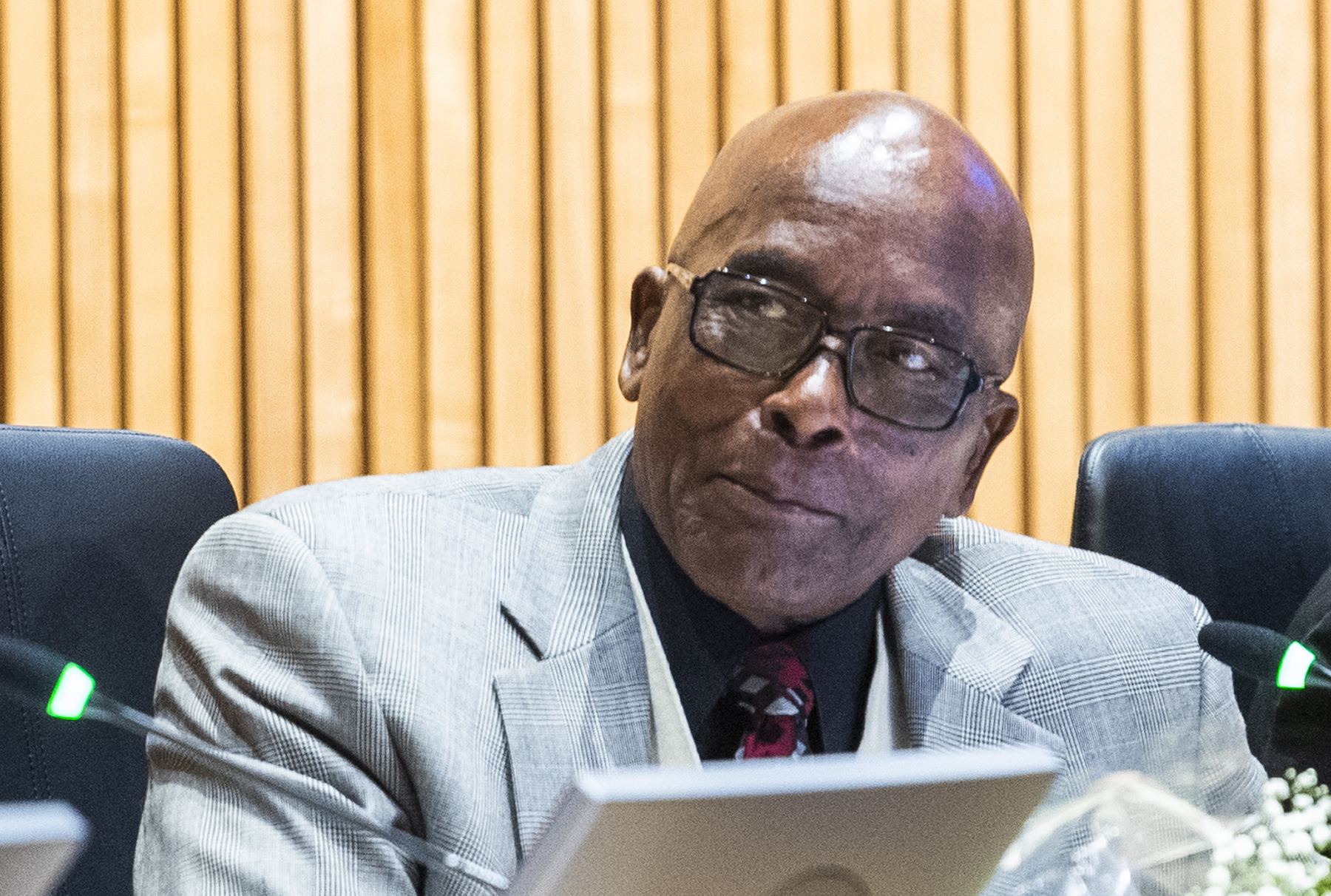At his last meeting as a councilman, Dee Andrews is planning to dispense more than $170,000 to community organizations using funds allocated over the years to his Central Long Beach council office—a move that has raised some eyebrows as his successor and competitor in the recent election prepares to take over the office.
Andrews said the move is not intended to deplete the office account, but solely to help local organizations that are struggling in the midst of the COVID-19 health pandemic.
Suely Saro, who defeated Andrews in the November election, will be left with about $82,000—almost the same amount as the other new councilmember, Cindy Allen in District 2. Both will be sworn in on Dec. 15.
“This is not a slap in the face to Suely,” Andrews said, adding that he would do whatever he can to help her succeed. “After she puts in her 12 or whatever years on the council, she’ll have the same money to spend.”
The city funds directed to council offices—an amount that fluctuates each year—is loosely regulated, but the money is generally earmarked for capital improvement projects such as fixing sidewalks, paving streets or sprucing up parks.
The funds can also be saved from year to year, something Andrews said he has done over his roughly 13 years in office.
If the purpose of the funds falls out of line with what is specified by city policy, then the councilmember must get approval from his or her colleagues on the council in the form of an agenda item, according to City Attorney Charlie Parkin.
Andrews’ request to spend such a large sum is a bit unusual, and was criticized by at least one of his colleagues.
Councilwoman Jeannine Pearce, who is also leaving the dais this month, said she is spending $50,000 to seed a tree planting program that she hopes to build upon when she’s out of office. She said she wanted to use $100,000 for the project, but decided to leave her successor a cushion of about $82,000 to work with.
Pearce endorsed both Allen and Saro in the most recent election.
Allen “is walking in with a full understanding of where the district is,” Pearce said. Saro “is walking in with an empty slate with no resources to deliver on it.”
Saro declined to comment.
The amount that Saro will have at her disposal is, however, close to the average of what other council offices currently have in their accounts.
The average for each council district’s divide-by-nine fund is about $97,000, with a high of $246,081 in Stacy Mungo Flanigan’s District 5 account, to a low of $22,608 in Mary Zendejas’ District 1 account, according to figures provided by the city manager’s office.

The chunk of money that Andrews wants to spend would be divided up among 17 organizations with stated causes ranging from community arts events and parades to bilingual workforce economic development and hot meal programs.
In an interview, Andrews said that the groups getting the funds were feeding people and hadn’t been able to secure funds elsewhere, however, only about $25,000 is designated for meal programs and another $10,000 is slated to go to Grace Memorial Baptist Church for COVID-19 basic needs.
Another $47,000 will go toward parades, museum installations and other neighborhood programming like Latina Empowerment Day.
The so-called “divide-by-nine” funds are typically replenished through the annual budget cycle, with any given year resulting in each council district receiving tens of thousands or even hundreds of thousands of dollars. This year, no council district received additional funds due to budget austerity measures that included city employee furloughs amid other reductions.
Other council members have used divide-by-nine money to fund a spectrum of things spanning from fireworks public service announcements to park services.
This year Daryl Supernaw in District 4 directed $250,000 of his funds to help fix an elevator at Community Hospital, which is awaiting its final inspection this month before a potential long-awaited reopening.
There is no rule governing how much funding must be left over for incoming council members.
But it could become an issue in future years given Long Beach’s new election cycle. When the city was forced by state law to host its elections in March and November, rather than the old system which saw elections held in April and June, it also changed the point of the budget process when council members are sworn in.
Instead of being sworn in at a July ceremony, months before the fiscal year’s budget is approved in September, new council members now take office in December, two months after new divide-by-nine funds are allocated, potentially widening the pot of available money that can be spent by future outgoing council members.

